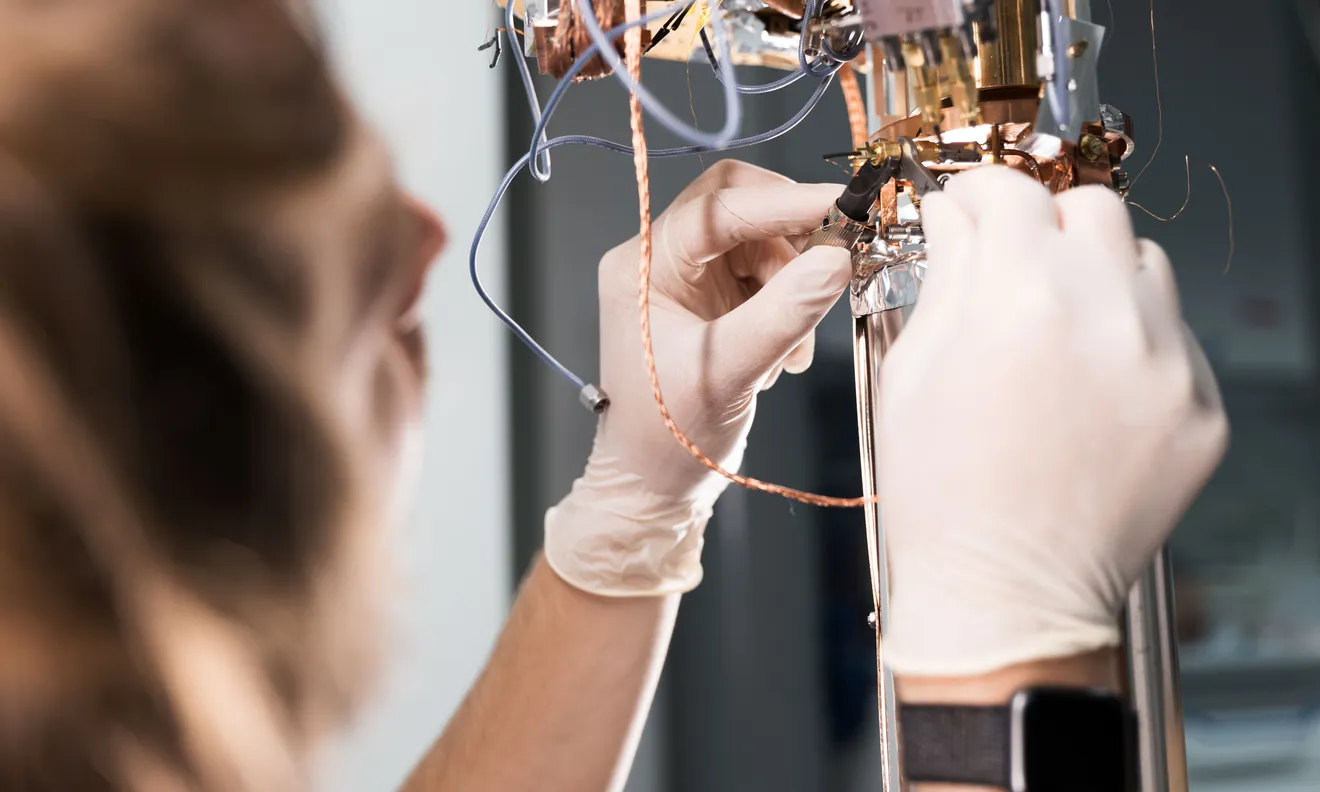
A team at the University of Innsbruck and the Institute of Quantum Optics and Quantum Information (IQOQI) has unveiled a new superconducting quantum architecture that enables selective coupling and decoupling between a fluxonium qubit and a microwave resonator. The approach removes the need for auxiliary control components, reducing noise and improving coherence times.
The study, published in PRX Quantum, describes how a fluxonium qubit—containing a Josephson junction, capacitor, and inductor—can be tuned via external magnetic fields to switch interactions with the resonator on and off in situ. This capability helps isolate the resonator when needed, extending its potential to serve as a long-lived quantum memory.
Microwave resonators are promising for storing quantum information in complex states, simplifying quantum error correction and offering better durability than typical qubit-only systems. However, previous implementations using transmon qubits introduced unwanted interactions that degraded storage times. The Innsbruck architecture mitigates this issue without requiring additional components, enabling more efficient and stable control.
This work was conducted in collaboration with Karlsruhe Institute of Technology and supported by the Austrian Science Fund (FWF) and the European Union. The full paper is titled “In-situ tunable interaction with an invertible sign between a fluxonium and a post cavity” and can be accessed here. Additional information is available in the University of Innsbruck’s announcement here.
May 27, 2025

